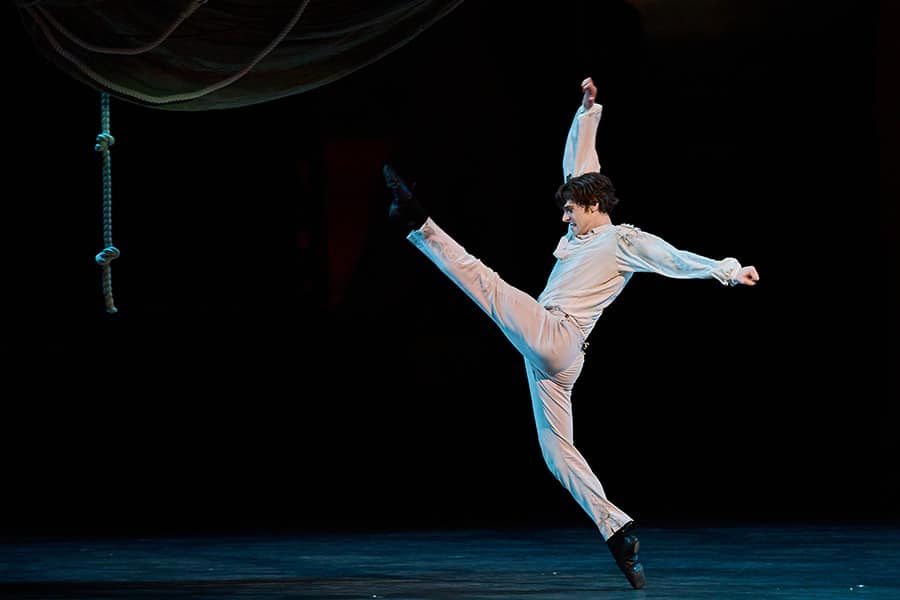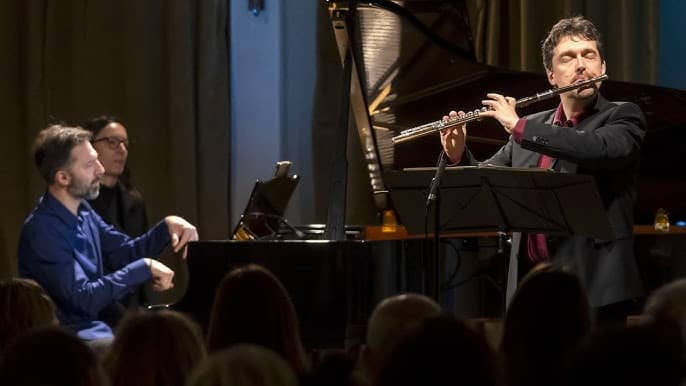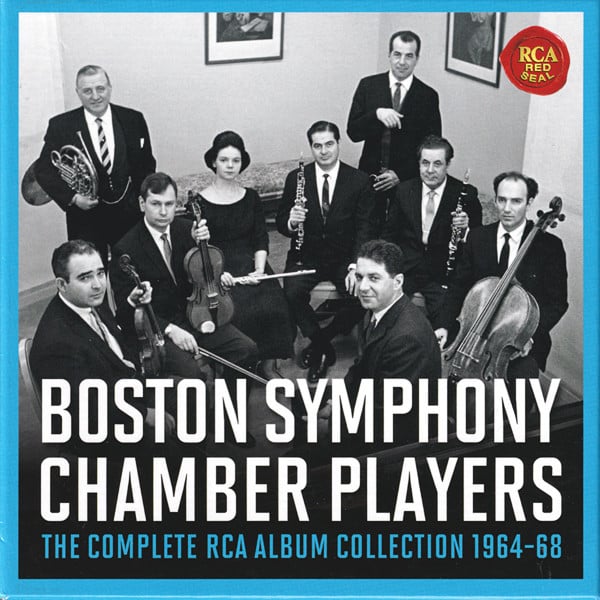Concertos of the year?
mainLong as Ihave known and admired the music of Andrzej Panufnik, whose centenary is being marked in 2014, I have never heard his concertos for three major instruments – piano, violin and cello.
I thought I knew what to expect when I gave a spin to a new release from CPO’s unfolding series of the complete Panufnik, but all preconceptions were blown away in seconds. This is quite irresistible music. Why the series has not been mentioned in the current spate of industry awards is beyond comprehension. I’ve given five stars to the new Panufnik as my Album of the Week on sinfinimusic.com.
To find out why, click here.

Andrzej (l.) with his friend, Lutoslawski
UPDATE: Guess what, the piano concerto’s coming up in Birmingham with Peter Donohoe on the 24th.





Good news that the music of this gifted composer is increasingly being recognized… While W-Europe sank into modernism, Panufnik went on writing in the Eastern-European tonal tradition, keeping the flame alive. This is a complete recording of his violin concerto:
http://www.youtube.com/watch?v=Frca6SO76Zo
I can write a few words about the cello concerto as I will be performing it Oct 25 in Warsaw with the Aukso Chamber Orchestra. This concerto, Panufnik’s final work written for Slava Rostropovich (premiered and recorded by him in 1991), is deep, dark and quite menacing. Modern technical devices such as ponticello, both in arco and in pizzicato, and long stretches of glissandos are used in half steps and larger intervals. The first movement, Adagio, opens with a whisper timpani roll. The cello delivers the first few lines in a hushed ponticello voice, as if from another world. As the movement grows, the cellist is asked to play very high with full sound. Harmonies focus but not for very long as dissonances reign. The 10-minute movement ends once again in a whispered ponticello mode. The second and final movement is rapid, chromatic and at times angry, like gun fire. A side, tenor and bass drum sets the mood throughout with a driving force. The cello has an extended cadenza in the latter part of the movement which ends brilliantly on five FFF E minor – E major chords. There is no doubt Panufnik’s cello concerto is a powerful addition to the cello repertoire.